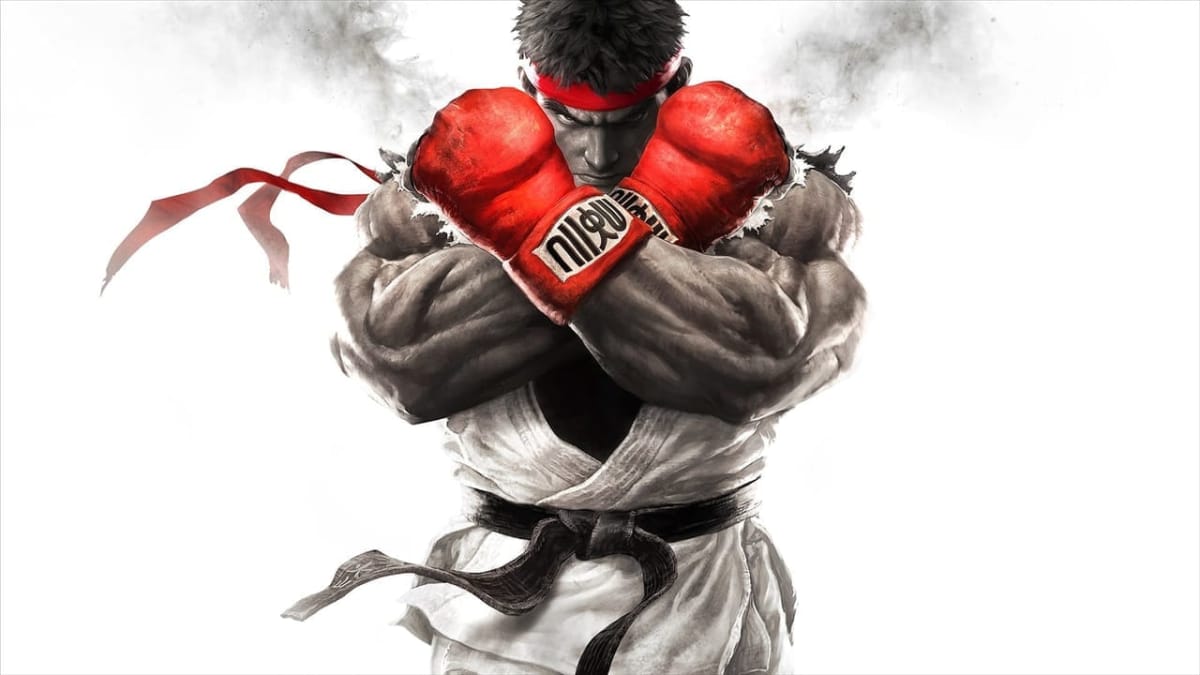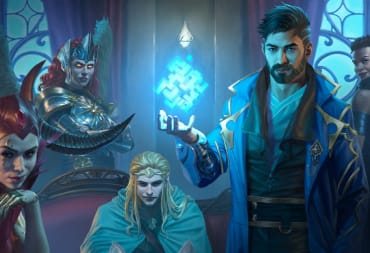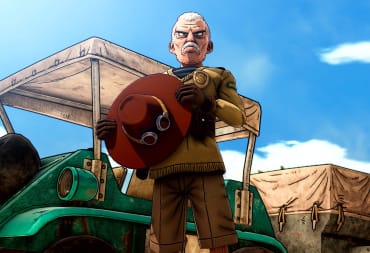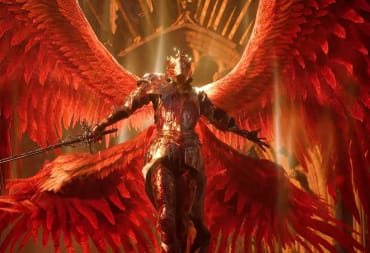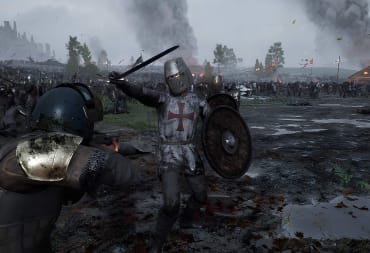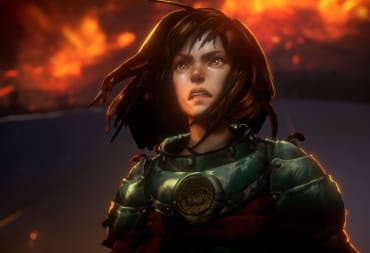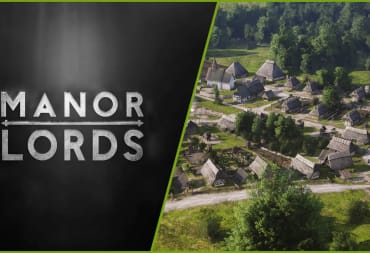Fighting games are fundamentally competitive. Two people select a character and then proceed to beat each other to the best of their abilities until one of them wins, preferably in a quick and decisive manner. It's because of this inherent competitiveness that the Fighting Game Community (FGC) emerged so early on within the genre's lifespan (mid to late 90s). However, some people don't care for such interpersonal strife. Some fighting game fans love the genre but don't wish to partake in those weekly, monthly, or yearly tournaments with thousands of dollars on the line. Rather, they're perfectly content to stay at home and replay arcade mode a dozen times with different characters they barely understand or play against their siblings or friends on a semi-regular basis. Who are these people? They're casual players: people who enjoy the fighting game format without being forced to compete, and they make up the lion's share of the sales for every big fighting game that comes out.
Casual players lay the foundation for a game's financial success, making them the most important group of people to cater to from a business perspective. Developers know this and have recently become more obvious than usual about doing so. Some of them make the mistake of believing that dumbing down their game for the sake of “accessibility” will do the trick, even though the success of many fighting games of the past have shown that it isn't necessary. Rather, there are two key things that casual players look for in a fighting game: graphics and single-player content.
Graphics is self-explanatory. It stands to reason that a casual player of a genre is more likely to ignore a game in a series they have no prior experience with if isn't pretty enough. As shallow as it may seem, first impressions mean a lot in gaming, as we all likely know.
However, single-player content is what keeps them playing after they're initially hooked in. This doesn't apply to just casual players, either. Even the hardcore enthusiasts appreciate single-player modes to practice their execution or to just simply take a break from hours of online ranked matches, where their standing on the leaderboards is constantly at risk. After all, there's nothing to really lose when fighting AI (except, on occasion, your patience). Sometimes it's just less taxing and more fun to start arcade mode with a character you're not used to and see how far you can get with them. It can even be rewarding in ways that online multiplayer isn't, by either helping you discover a new character to main or co-main, or by simply unlocking bonus content.
Street Fighter V launched in February 2016 to a hailstorm of negative reviews and word of mouth largely due to an astonishing lack of single-player modes. There wasn't a proper story mode, an arcade mode, or even a versus CPU mode yet. There was only short character prologues that didn't even adhere to the usual multi-round match format, trials that didn't explain enough for a new player to understand any nuances of the combat or meta concepts, and a needlessly frustrating survival mode that many still consider to be a chore today. Over time, more content was added, but the initial criticisms had gotten around, and sales for the game plummeted. It was quick to sell a million copies in the first ninety days, but it barely mustered 100,000 total sales in the nine months following. The non-stop storm of complaints from both casual and serious players had destroyed the game's momentum.
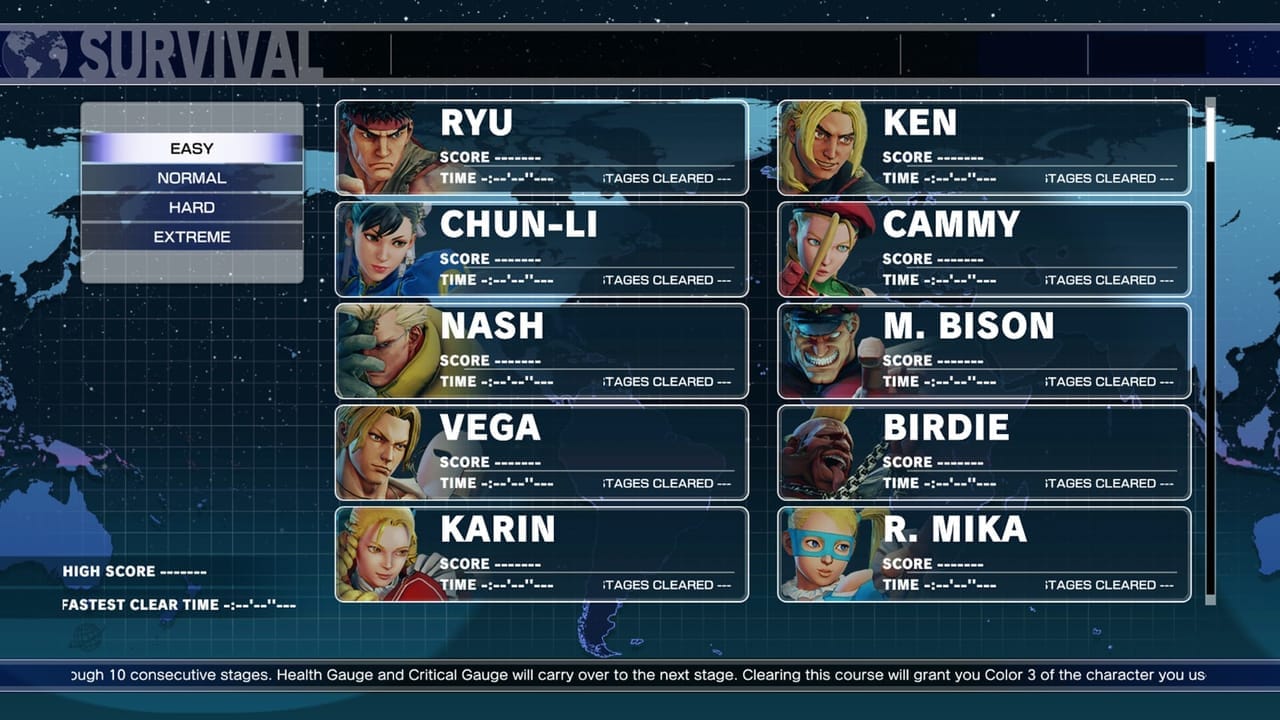
Street Fighter V's survival mode drew lots of criticism for a few key reasons. First, power ups between rounds were far too random, either forcing players to spend more points than they wished because their only health regen option was "high" or "max" instead of "low" or "medium," or forcing them to buy "low" or "medium" when they wanted "high" or "max." Second, CPU difficulty spiked and dipped at an alarming rate. Some opponents would be docile and barely attack at all, then you'd suddenly be destroyed by an aggressive, input-reading Bison. Third, and most importantly, the mode simply didn't offer enough rewards despite how much of a chore it was. You couldn't even buy continues. If you lost a round on Hard or Extreme difficulty, where there's 50 or 100 rounds to slog through, you had to start all over with nothing to show for it, even if you were on the last one.
Of course, it's hard to say for sure that more single-player content on launch would have been the one specific thing to save it from total disaster, but would it have at least helped? Definitely. A quick glance at the user reviews on the game's Amazon and Steam pages (especially reviews written immediately following the game's launch) will tell you so, as a lack of offline content is a problem many of them bring up. Because casual players spend the vast majority of their playtime in single-player modes, launching a game with a paltry, pathetic amount of it will only deter them, especially after the initial hype has worn off. A well-balanced game, large and varied roster, good netcode, and precise matchmaking might be enough to keep the attention of the hardcore players, but the mere absence of an arcade mode is enough to turn many potential purchasers away.
So, what do other games do to offer hours of offline content? Outside of the usual story or arcade modes, some titles have special options that allow the player to unlock more content or play the game in a completely different way by introducing new systems and mechanics. The recent Tekken 7 has a simple solution in Treasure Battle, which is an endless mode of multi-round fights against CPU opponents who gradually become more difficult as the player's character rank increases. Plus, winning matches unlocks more customization items or more fight money. In terms of satisfaction and rewarding the player, it is the polar opposite of Street Fighter V's hair-pullingly aggravating Survival mode, while still similar in structure.
Guilty Gear has its popular M.O.M. mode, which utilizes RPG-like development systems for players to power up their character with medals they acquire in matches against the CPU. The older Virtua Fighter 5 had a Quest mode that basically simulated going to different arcades around the city to play different players of varying skill levels, unlocking customization items and gaining fight money along the way. Soul Calibur II had its renowned Weapon Master mode, where the player could engage in a multitude of different challenges and fights in different regions of a map for experience points and money to spend on weapons, art, and costumes. In addition to these complex options, some games also included special match types, like team battle and tag matches to add variety. Plenty of titles also have galleries, where players can unlock artwork and cutscenes. Tekken 7's is particularly extensive due to including art and character epilogues from every previous Tekken game, adding a few hours of content with just cutscenes to take you down memory lane.
The main purpose of offline content is to reward the player for simply playing the game. That's it. And the better they play it, the more rewards they get. It's a simple, straightforward formula that rarely fails. This is where casual players, and players in general, get their satisfaction. They play arcade or story modes and are rewarded with character epilogues. They play Treasure Battle and are rewarded with customization items and more fight money. They play Weapon Master and are rewarded with costumes, weapons, and movies. However, if a game offers nothing like any of these, then what satisfaction is there for them to achieve? Forcing them to play online against people who might annihilate them until they decide to take the game “seriously” isn't likely to be their idea of fun, especially if the game's netcode and/or matchmaking is spotty. They want options; namely, options available to them without a second player being mandatory.
If a developer wishes to turn today's casuals into tomorrow's pros, they don't need to dumb their mechanics down or change them to encourage questionable habits. Instead, they're going to need to create the content that convinces the casual players to keep playing the game in the first place (among other things, such as tutorials, but that's likely an article for another time).
What fighting games do you think had the best single-player content? If they didn't have that content, would you have stuck with the game for as long as you did, or even bothered playing it at all? Let us know in the comments below!
